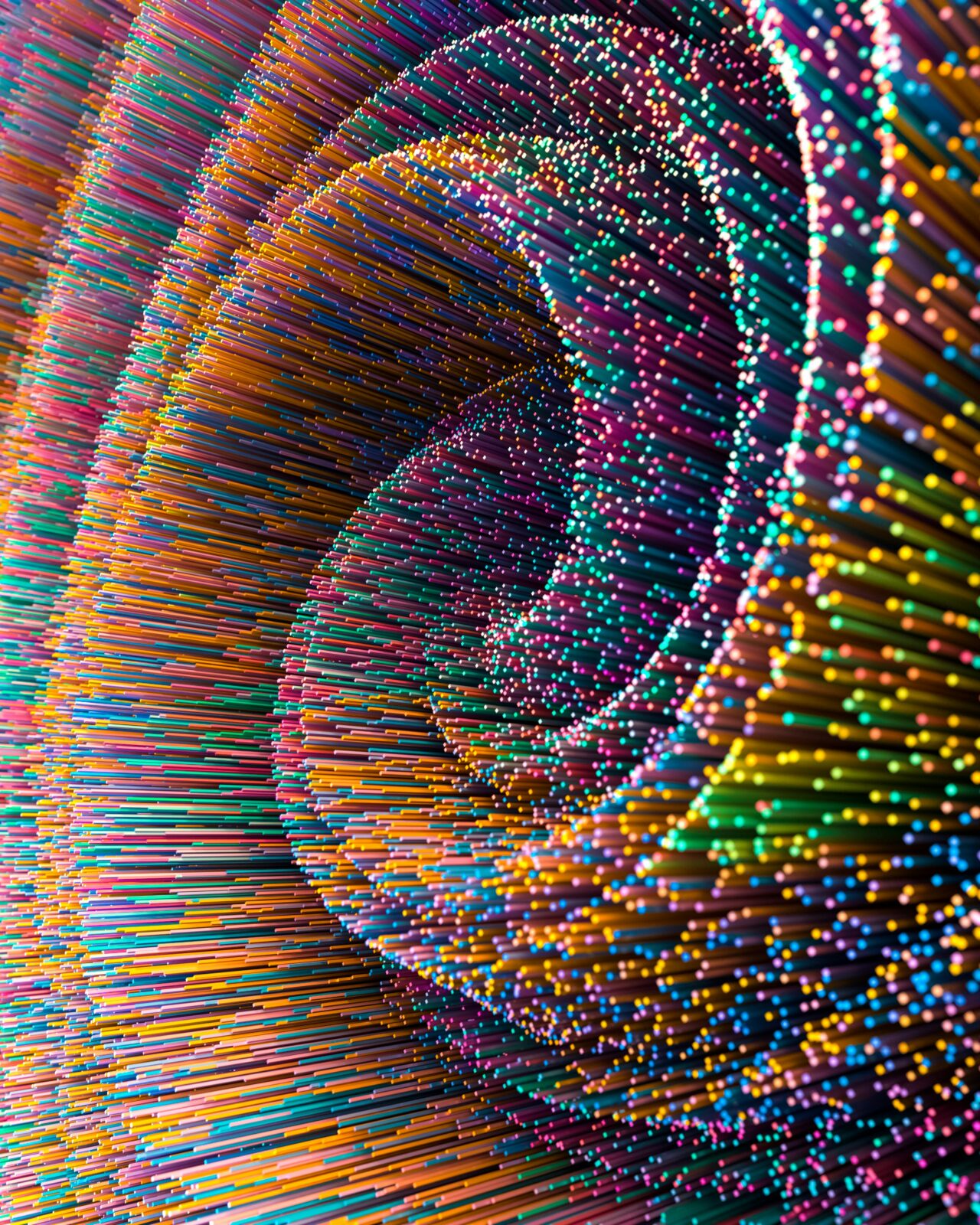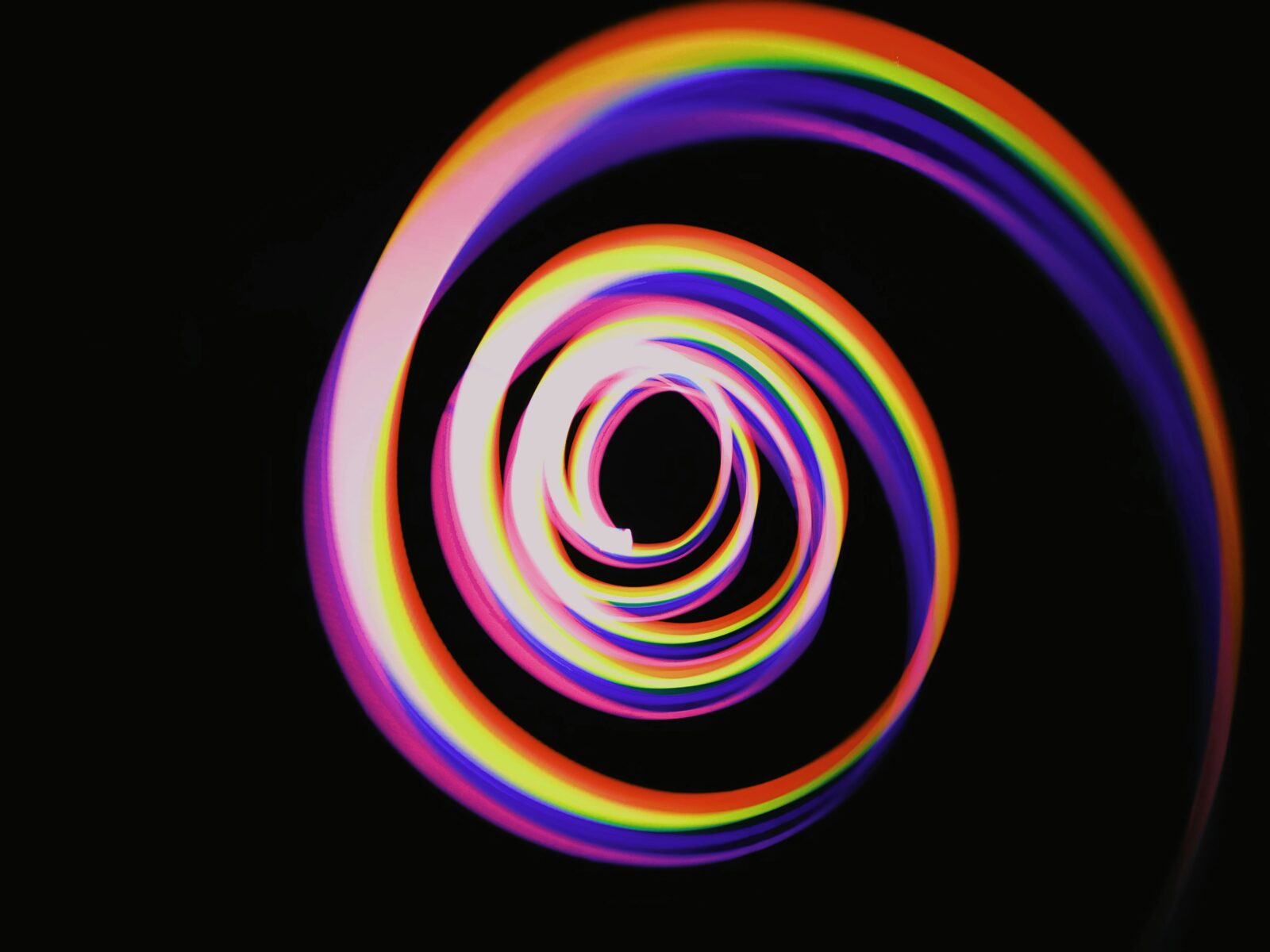An overview of Spiral Dynamics, explanation of common misconceptions, and how it relates to the arts. Spiral Dynamics is a developmental model that describes the various stages of evolution that humans go through both individually and collectively, and which can help us understand how the growth of consciousness affects all areas of life, including the arts.
First developed by Prof. Clare Graves in the 1960’s, it shows that each stage of development is characterized by a unique worldview or values system, one that builds on—but is no longer limited to—the previous stages of development.
In his own words: “Briefly, what I am proposing is that the psychology of the mature human being is an unfolding, emergent, oscillating, spiraling process marked by progressive subordination of older, lower-order behavior systems to newer, higher-order systems as man’s existential problems change.” — Prof. Clare Graves, developer of Spiral Dynamics.
In this video, you will learn what Spiral Dynamics is, answers to its most common objections and misconceptions, as well as some areas of connection with the practicalities of life as a musician or artist. It features an excerpt from Chapter 7 “Spiral Dynamics & the Arts” of my upcoming book. Read the full excerpt from this video below.
Previous videos on the meaninglessness crisis: Awakening from the Meaninglessness Crisis https://youtu.be/c6CBYMp2hz0
Is Life Meaningless? A Solution from the Arts https://youtu.be/kUMXV4SJA70
Be among the first to know about my upcoming book “Soulforce Arts: The Vital Role of Musicians & Artists in Creating a More Beautiful World” by signing up for my mailing list at JosephArnold.com.
Joseph Arnold Violinist, Alexander Technique Teacher, Director of the Soulforce Arts Institute
Spiral Dynamics is a developmental model that describes the various stages of evolution that humans go through both individually and collectively, and which can help us understand how the growth of consciousness affects all areas of life, including the arts. First developed by Prof. Clare Graves in the 1960’s, it shows that each stage of development is characterized by a unique worldview or values system, one that builds on—but is no longer limited to—the previous stages of development.
While the developmental stages that children go through are widely recognized, Spiral Dynamics tells us that there are stages of development that actually continue well into adulthood, which are also mirrored across societies. Each stage is characterized by greater capabilities and a larger and more inclusive sphere of concern. Spiral Dynamics is a particularly powerful model of human development because it explains the ways people can understand or misunderstand each other, it allows insight into the ways in which we might be getting stuck, and it tells us the directions in which we are likely to grow. Each stage is indicated by a color (Red, Blue, Orange, etc.), which the developers of Spiral Dynamics picked somewhat arbitrarily, and which have no unique meaning in and of themselves.
As you read about each stage in this and the following sections, keep in mind that all stages are necessary to healthy development. To try to bypass or downplay certain stages will only lead to disaster; after all, a strong, healthy tree trunk is necessary for strong, healthy branches and leaves. The sequence of stages, then, has a clear chronological order: the stages further down the spiral are those that emerge earliest in a person’s or society’s life, and those that are further up the spiral are those that can only emerge later on in life. But no stage, once embodied, is ever left behind. For example, a healthy person at Spiral Dynamics stage Orange will also have healthy Blue, Red, and Purple characteristics. Integral philosopher Ken Wilber famously described this dynamic with the term “transcend and include.” What he meant was that each stage builds on the last, but is no longer limited to it, just as running includes the bipedal motion of walking, but goes beyond it with greater speed.
This is especially important to keep in mind because all the Spiral Dynamics stages prior to Yellow and Turquoise (see descriptions below) tend to deny the validity of all the other stages. For example, people at the traditionalist Blue stage tend not to be able to understand the more advanced impulse to inclusivity of postmodern Green. And likewise, people at Green tend to deny that the traditional values or institutions encouraged by Blue could possibly have any more value. Indeed, Spiral Dynamics makes it possible to understand that much of the conflict we see in the world today is because people in Purple, Red, Blue, Orange, and Green just don’t get each other.
This all changes with stage Yellow, however. Clare Graves considered stage Yellow to be the beginning of a “second tier” of human consciousness because it’s the first stage to fully recognize that all other stages have their unique gifts to offer. Yellow sees things in terms of evolutionary development; it sees that people and civilizations evolve and gain new complexity and competency over time. For example, someone in this second tier of consciousness may realize the value of Blue’s institutions, while realizing that such institutions also need to be open to change in order to meet the needs of contemporary life.
Such a recognition actually grants Yellow and other second tier stages a power and capability unique among all the other stages: by accepting the evolutionary necessity of all the previous stages, Yellow gains access to the benefits of each of the previous stages while avoiding many of their pitfalls. This ability allows someone at stage Yellow a far-greater sense of well-being, creativity, functionality, competence, self-actualization, and vision than is possible at any of the previous stages. This is why Clare Graves called stage Yellow “a momentous leap” in human consciousness. As an excellent example of Yellow thinking, the Spiral Dynamics model is also a tool that you can use in order to move into stage Yellow, ourselves.
When first learning about Spiral Dynamics, many people have certain misconceptions about what this model implies. So, before examining how Spiral Dynamics applies to the arts, it is vital to first address these misconceptions so that you are better equipped to accurately understand this complex and nuanced model.
Firstly, these stages do not—and cannot—describe the totality of any person or society. These stages are merely generalizations, and are not meant, in any way, to pigeon-hole, demean, disempower, or categorize people. People and societies are living beings whose value and essence can never be reduced to numbers, colors, or concepts. These stages are simply useful abstractions, discovered through a rigorous scientific process.
Another common critique of the use of developmental models like Spiral Dynamics is that their use might justify oppressive hierarchies. But this is not the case. The point of view of Spiral Dynamics is that, while more growth does lead to greater competence, maturity, and self-actualization, a person or society at a more advanced stage of development has exactly the same fundamental human value as one at a “less developed” stage.
In addition, nobody is ever at just one stage of development—you may inhabit one stage or another at various times in a single day and your overall developmental center of gravity will almost certainly evolve and change over your lifetime. In addition, as mentioned above, healthy growth means including all previous stages of development; no stage can be skipped, and its values and capabilities are never left behind. Each next, higher, stage, while certainly exhibiting greater capacities, etc., is not necessarily better than the previous stages: each stage truly represents an appropriate fittedness to the surrounding environment that first gave rise to it.
One of the most common objections to Spiral Dynamics is that, historically speaking, notions of progress or hierarchy have been used to destroy our environment and oppress marginalized peoples. The concern is that since Spiral Dynamics seems to have a hierarchical structure that it, too, may be used in this way. While this objection does have a certain truth, it also misses that hierarchies and progression are actually foundational to life and reality as we know it. For example, one hierarchy in nature is that of the great chain of being, which describes the structure of reality from atoms to molecules to organisms to ecosystems and beyond. Within this chain, despite its apparent hierarchy, no link oppresses any of the others; they all work synergistically to create reality as we know it. Similarly, progress is also a feature of nature and poses no inherent threat. For example, it is the very progress of human thought that allows us to be concerned about oppression in the first place. Indeed, without the very considerable progress our ancestors made–as imperfect as it was at times–our own survival conditions would still be so difficult that we wouldn’t be able to enjoy the luxury of caring for others.
Thus, the real problem at hand is not that Spiral Dynamics might be used to oppress or dominate people at lower stages. Rather, it’s that our world’s problems are the result of trying to meet the demands of our increasingly complex world with outdated modes of being—modes that are nothing other than expressions of the lower stages of the spiral. If this is the case, then trying to prevent yourself or others from growing up the spiral is not an act of protecting potential victims from harm; it would actually be nothing less than dooming humanity to repeating the destructive patterns that have caused all the harm to begin with. The ultimate lesson of Spiral Dynamics is that what humanity, the planet, and the arts all need right now is a period of intense growth up the spiral. Nothing less will help us navigate our turbulent times.





